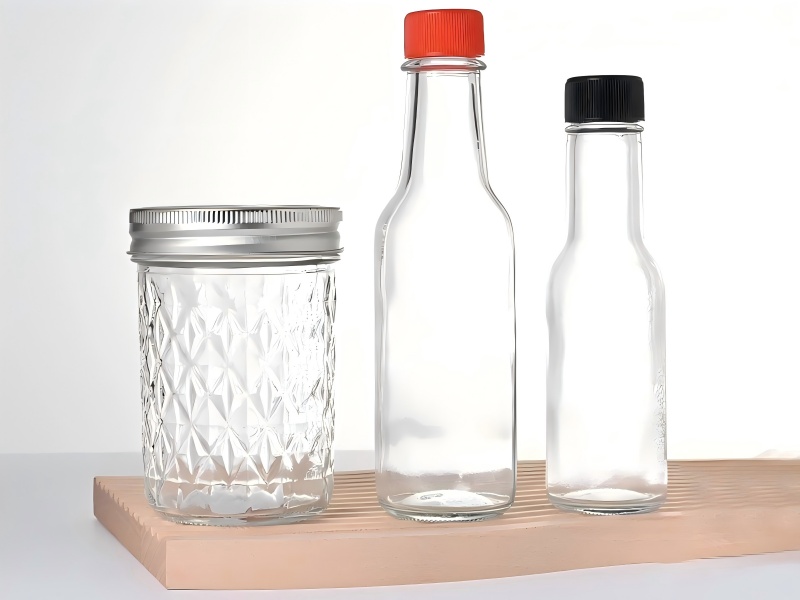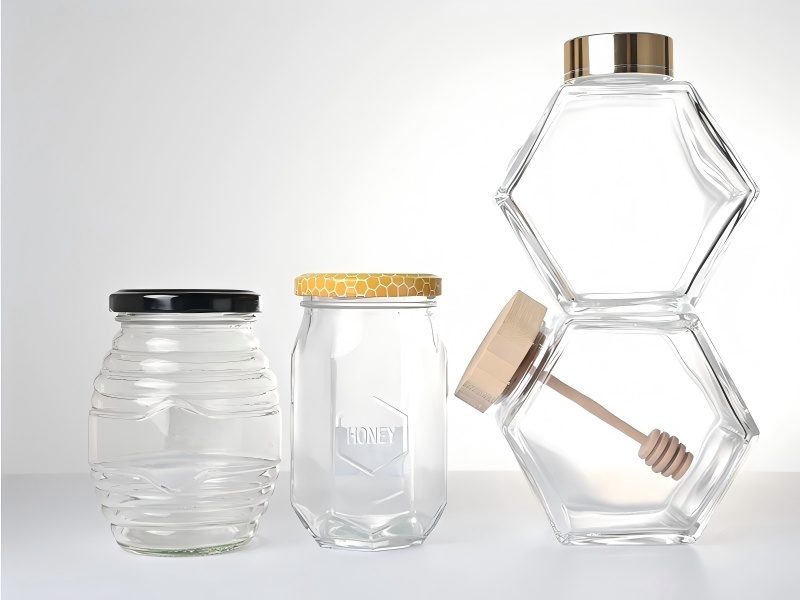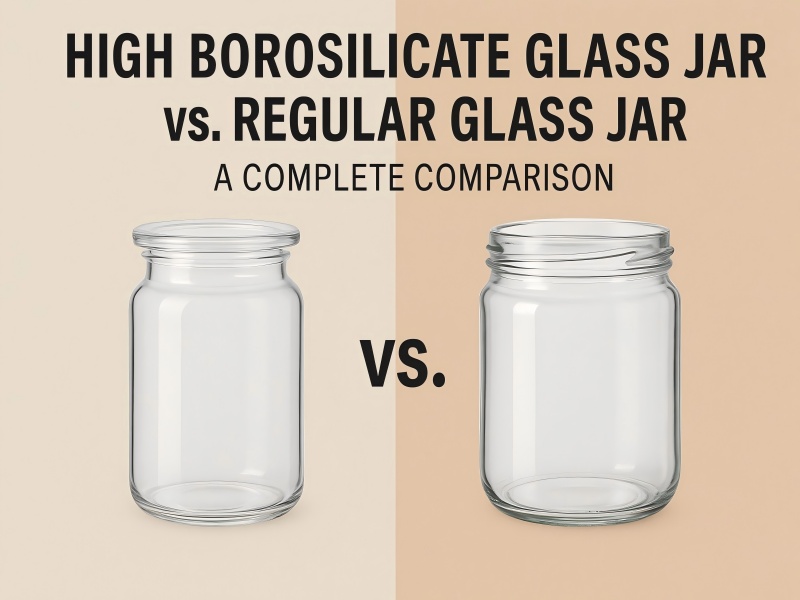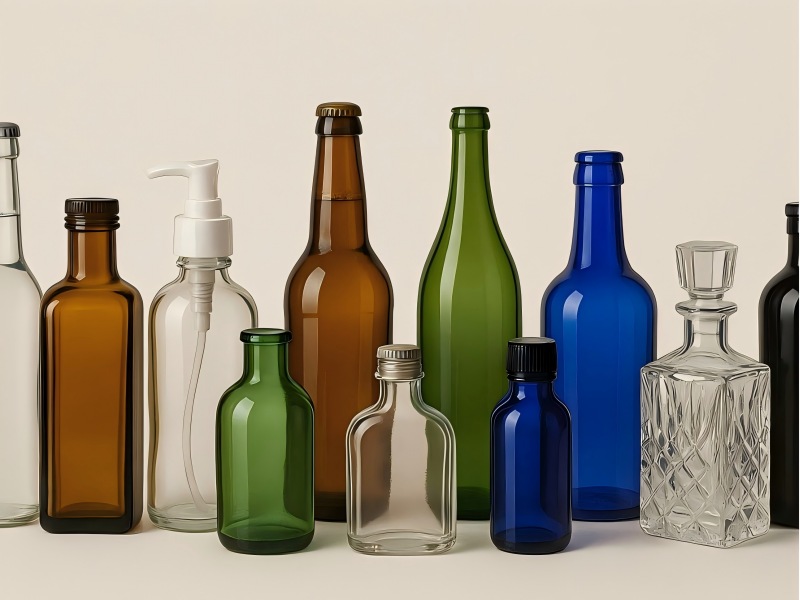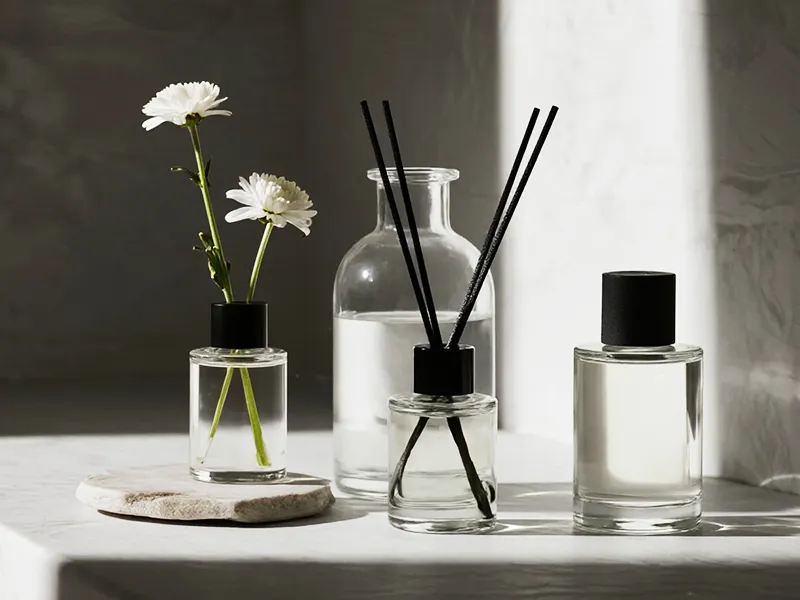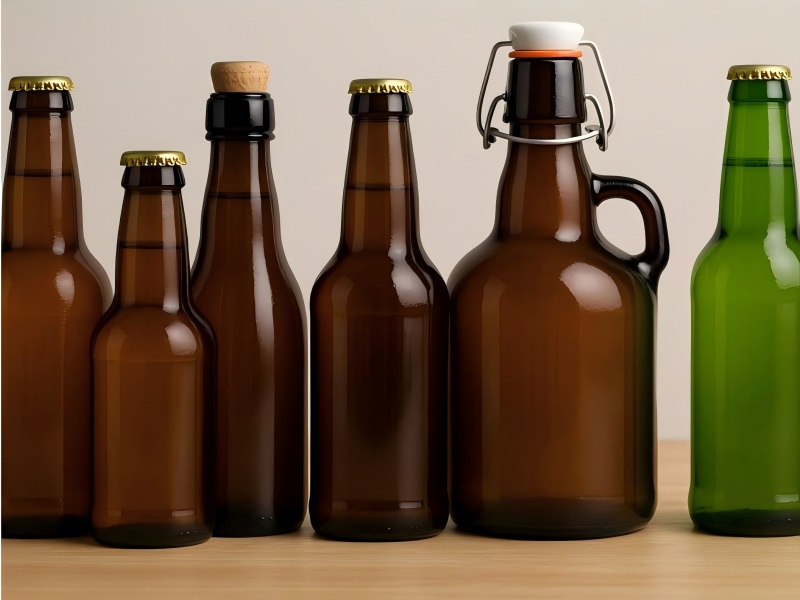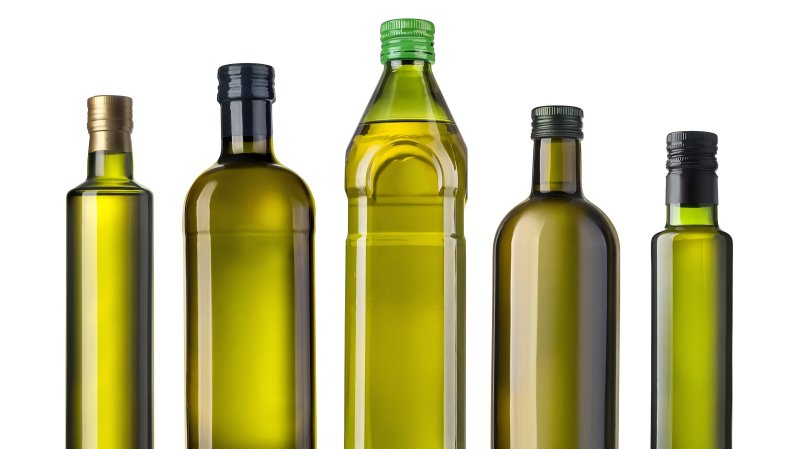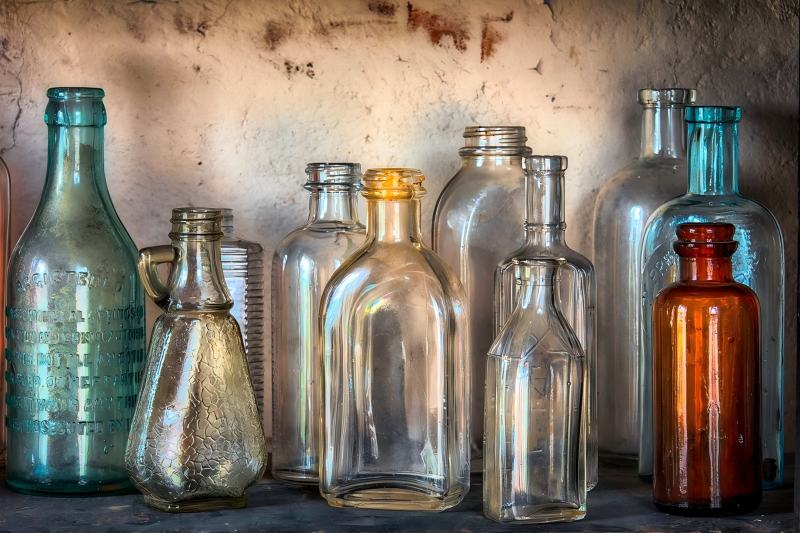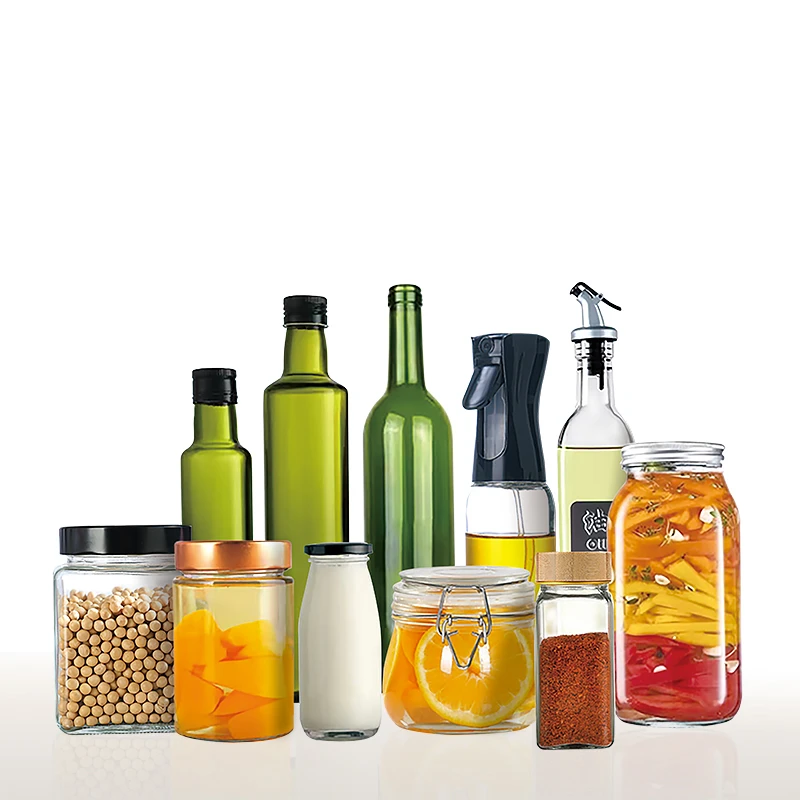How Glass Bottles Are Made: Behind the Scenes at a Factory
Glass bottles are essential packaging for beverages, cosmetics, pharmaceuticals, and gourmet foods across global industries. Their transparency, recyclability, and resistance to chemicals make them ideal for safely storing and showcasing products. Ever wonder how these sophisticated glass containers are made?

Introduction to Glass Bottle Manufacturing
The global market for glass packaging reached approximately USD 60 billion in 2024, with bottles accounting for more than 75% of total glass packaging. The demand is driven by sustainability efforts and the premium perception of glass.
Glass bottles are made using silica-based raw materials, melted at high temperatures, shaped using molds, and then annealed to reduce internal stress. The process combines art and science to ensure strength, clarity, and consistency.

Raw Materials: The Building Blocks of Glass
The glass-making process starts with gathering and weighing raw materials, also known as the batch. The primary materials include:
Using cullet can reduce energy consumption by up to 30%, making it an essential ingredient in sustainable manufacturing.
| Raw Material | Function | Typical Proportion (%) |
| Silica sand (SiO₂) | Main glass former | 60–70% |
| Soda ash (Na₂CO₃) | Reduces melting temperature | 12–15% |
| Limestone (CaCO₃) | Adds durability and chemical resistance | 8–10% |
| Cullet (Recycled Glass) | Improves efficiency and lowers energy use | 10–50% |
| Other additives | Modify color, clarity, and thermal properties | < 5% |
Melting: Transforming Raw Ingredients into Liquid Glass
The batch is transferred to a glass furnace—a massive structure operating continuously at temperatures around 1,500°C (2,732°F).
Key Facts:
- Furnace capacity: Ranges from 100 to 600 tons of molten glass per day.
- Fuel types: Natural gas or electricity (some use hydrogen to reduce emissions).
- Time in furnace: Approx. 24 hours from batch loading to molten state.
The goal is to ensure all components melt uniformly into a homogenous liquid. Impurities or undissolved materials are filtered out during this stage.
Conditioning: Preparing the Glass for Shaping
Molten glass must be cooled and homogenized to a working temperature of around 1,050°C. This is done in a forehearth, which feeds the glass into the forming machines.
Gob Formation:
Glass exits the forehearth as gobs—measured drops of molten glass that are cut by shears and delivered into molds. Gob size and temperature are tightly controlled to ensure uniform bottle weight and shape.
Forming Process: From Gob to Bottle
This is where the magic happens. Glass bottles are formed using one of two main processes:
a. Blow-and-Blow Process (for narrow-neck bottles like beer or wine bottles)
- A gob falls into the blank mold.
- Compressed air forms a parison (a pre-bottle shape).
- The parison is moved into the final mold.
- Final blowing shapes the bottle into its finished form.
b. Press-and-Blow Process (used for wide-mouth jars or cosmetics)
- A plunger pushes the molten glass gob into the parison mold.
- The parison is moved and positioned into the final mold.
- Air finalizes the shape.
Production Statistics:
- Cycle time: 5–10 seconds per bottle
- Machines: Individual Section (IS) machines with 6–20 sections
- Output: Up to 600 bottles per minute per production line
Annealing: Strengthening the Glass
Freshly formed bottles are still hot (approx. 500°C) and need to be cooled gradually. Sudden cooling would cause internal stress and cracking. Therefore, they pass through a lehr—a long tunnel kiln that gradually reduces the temperature.
Lehr Cooling Zones:
| Zone | Function | Temperature Range |
| Hot Zone | Stabilizes temperature | ~500°C |
| Mid Zone | Controlled slow cooling | 300–450°C |
| Cold Zone | Final cool to room temperature | 50–200°C |
Annealing takes 30–60 minutes, depending on bottle size and thickness.

Surface Treatment: Improving Durability
To enhance the strength and performance of bottles during filling and transport, two key treatments are applied:
- Hot-end treatment: To increase the surface’s resistance to scratches, a coating based on titanium or tin is applied.
- Cold-end treatment: A polyethylene wax or similar coating is applied for improved lubricity during handling.
These treatments can increase bottle life during high-speed filling by over 300%.
Inspection & Quality Control
Glass bottles undergo rigorous inspection using both automated machines and human inspectors.
Inspection Criteria:
- Dimensions: Neck diameter, wall thickness, bottle height
- Weight: ± tolerance of 1–2%
- Defects: Bubbles, cracks, neck finish errors
- Stress testing: Polarized light reveals internal stress patterns
Reject rate in a well-managed factory is typically less than 1%.
Packaging & Palletizing
Good bottles are automatically transferred to packaging systems. They are:
- Grouped in rows and layers
- Placed on pallets
- Shrink-wrapped or strapped for stability
Bottles are then labeled with production batch numbers and stored for shipment. Smart inventory systems track batches for traceability.
Sustainability in Glass Manufacturing
Modern glass factories are increasingly focused on energy savings and CO₂ reduction:
| Sustainability Metric | Impact |
| 1 ton of recycled glass used | Saves 1.2 tons of raw materials |
| CO₂ emissions per ton of glass | ~300–400 kg (can be reduced with cullet) |
| Water usage | < 2.5 m³ per ton of glass (closed systems) |
Some manufacturers now use solar power, electric furnaces, and low-emission additives to reduce environmental impact.
Innovations in Glass Bottle Production
Advanced technologies are shaping the future of glass bottle manufacturing:
- Lightweight bottles: Reduce material use and shipping cost
- Digital printing: Eliminates need for labels
- Smart molds: Automatically adjust to correct minor defects
- AI-driven quality control: Enhances detection accuracy
From raw materials to elegant packaging, the making of glass bottles is a carefully engineered process involving heat, precision, and constant innovation. With sustainability and efficiency driving advancements, glass bottle factories today produce billions of units per year with ever-increasing quality and environmental responsibility.
As a glass bottle manufacturer, we take pride in combining traditional craftsmanship with modern automation to deliver durable, beautiful, and eco-friendly packaging solutions for a wide range of industries.

